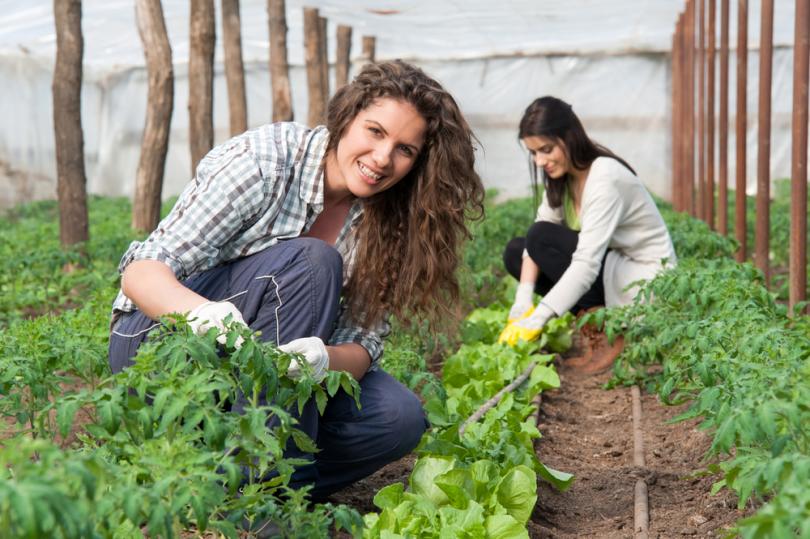



Article by: Hari Yellina
If women farmers had the same access to opportunities as men, agricultural productivity might rise by 30%, feeding an additional 150 million people. This estimate from the UN Food and Agriculture Organization is just one of the little-known, but fascinating, tidbits of information regarding agriculture’s gender gap that was highlighted in a recent digital chat show involving some of the world’s leading experts in the industry. The programme on women in farming on Global Trends, the BKT Network platform that analyses significant themes in the agriculture business, makes a solid argument for giving female farmers greater attention and resources.
Women make up a major share of the agricultural workforce worldwide, according to host Adrian Bell, but they are often disadvantaged when it comes to things like land and finance, not only in underdeveloped nations. According to the FAO, women-run agricultural firms produce up to a third less than men-run businesses, he claimed. The disparity was caused by unequal conditions and opportunities, which disproportionately disadvantaged women. Agricultural is still mainly considered as a career for men in Bulgaria, where the agriculture minister is a woman and three out of ten farms are managed by women, according to Svetla Garbeshkova. Ms. Garbeshkova is the CEO of AGRO TV Bulgaria, the country’s national broadcaster.
Women account for 40% of Bulgarian farmers, with 29% of those in management roles. Women play critical roles in family farms, she noted, with vital responsibilities such as production planning, administration, and decision-making. Bulgarian women manage vast swaths of land for cereal production, run wineries, and are leaders in agricultural research. In Bulgaria, just one farm produces organic beef, and it is run by a woman. “Women make up 42 percent of all agricultural workers in Europe,” Ms Garbeshkova said. “Women confront numerous hurdles, but this is part of their appeal. Bulgarian women are ambitious and business-minded, and they regard agriculture as having a bright future.” She claims that most women in undeveloped countries are forced into farming. “According to statistics, women account for nearly half of all farmers in some regions of the developing world, but their efforts are sometimes overlooked,” she remarked.
In actuality, the first difficulty is to increase the visibility of women farmers. Why are they in need of help? In a nutshell, it’s an uneven playing field. Women farm with less tools, inputs, and assets such as land and water, as well as credit, loans, information, training, and technology. Their labour on farms is frequently unpaid or underpaid. Additionally, development assistance programmes have also overlooked them. According to research, they only receive 10% development aid and 5% extension services globally.